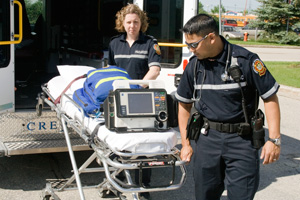What do dentist do?
Dentists diagnose and treat problems with a patient’s teeth, gums, and other parts of the mouth. They provide advice and instruction on taking care of teeth and gums and on diet choices that affect oral health.
Education
Approximately 80% of all dentists practice General Dentistry. General dentists treat all patients, adults and children, in many different treatment facilities and settings. General dentists are graduates of dental school and hold a D.D.S. or D.M.D. degree. The D.M.D. and the D.D.S. are equivalent degrees that are awarded to dental students upon completion of the same types of programs. While many dental school graduates opt to enter general practice immediately upon graduation, in other cases, they may opt for one or two years of additional education in a General Practice Residency or Advanced Education in General Dentistry program.
Working Place
Approximately 90% of all dentists are engaged in delivery of care through private practices. Fulltime dentists spend approximately 36 hours per week in their practices, of which 33 hours/week is spent treating patients. They have great flexibility in determining the number of hours per week they choose to work.
The remaining 10% of dentists teach in dental education programs, conduct research, and/or deliver care in the Armed Forces, the Indian Health Service, the U.S. Public Health Service, or other clinical settings. Dentists engaged in teaching, research or related positions generally work regular 40-hour workweeks.
Salary and Employment Rate
| Quick Facts: Dentists | |
|---|---|
| $146,920 per year $70.64 per hour | |
| Doctoral or professional degree | |
| None | |
| Internship/residency | |
| 155,700 | |
| 21% (Faster than average) | |
| 32,200 | |
Sources:
http://www.bls.gov/ooh/Healthcare/Dentists.htm
http://explorehealthcareers.org/en/Career/1/Dentist


















